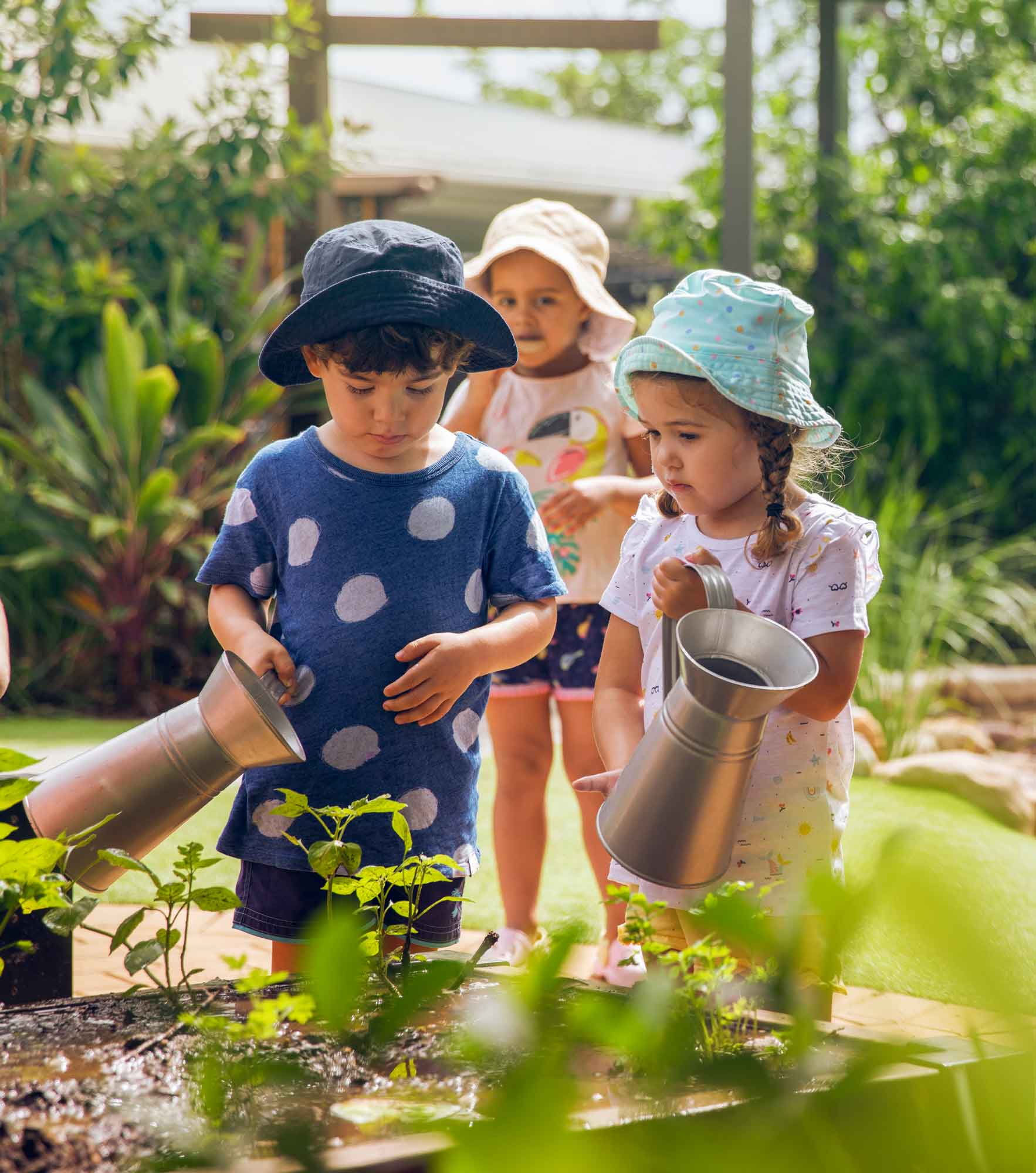Nurturing Young Taste Buds: Unlocking the Secrets of Your Child’s Palate

Taste, the gateway to a world of flavours, shapes our culinary experiences from the very start of life. Did you know that at birth, babies have around 10,000 taste buds—way more than adults? These tiny taste receptors pave the way for an intense sensory experience, making even the simplest foods an adventure for our little explorers. Finally, as babies grow into toddlers and later into adults, the number of taste buds decreases. By the time they reach adulthood, they have roughly 5,000 taste buds. This reduction means that flavours might not be as pronounced for adults as they are for young children, explaining why plain food can be incredibly exciting for our little ones—every taste sensation is heightened and vibrant.
Understanding Taste Preferences:
Our taste preferences are not random; a complex interplay of biology, culture, and experiences shapes them. At first, babies show a natural inclination towards sweet tastes. This is caused by an innate preference for sugars, which are present in breast milk or formula. Additionally, the preference for salty flavours is believed to be linked to the body’s need for sodium. Research suggests that repeated exposure—sometimes up to 8 to 15 times—increases the likelihood of children accepting and enjoying new flavours.
Impact of Family and Culture on Taste:
The foods we grow up eating, our family’s culinary habits, and cultural influences profoundly shape our taste preferences. Family meals, traditional dishes, and cultural celebrations imprint certain flavours and textures on our taste memory. For instance, a child raised in a family that loves spicy foods might develop an early affinity for heat in their meals. Similarly, cultural practices and societal norms dictate the foods considered desirable or comforting, impacting our most beloved tastes.
Tips for Nurturing Diverse Tastes:
Given the intricate journey of taste development, parents play a vital role in encouraging a diverse palate in their children. Here are some tips:
- Introduce various tastes early on to expand your child’s palate.
- Be patient and persistent when offering new foods; it might take numerous attempts before a new taste is accepted.
- Set an example by enjoying a variety of flavours yourself.
- Involve your child in meal preparation to make mealtimes fun and engaging.
- Embrace the flavourful Journey:
Understanding the intricacies of taste development helps us appreciate the evolving journey of our children’s palates. By providing a variety of tastes, being patient, and celebrating the cultural richness of foods, we nurture their tastebuds. Day by day.
The Role of Future Foodies in Nurturing Diverse Tastes:
At Journey Early Learning, our Future Foodies program stands as a cornerstone in cultivating a diverse and adventurous palate in our young learners. We understand the significance of introducing a myriad of tastes, fresh produce, and diverse dishes to support their taste development journey.
Through our Future Foodies, we curate menus rich in variety, offering a spectrum of flavours from around the globe. From the sweetness of ripe fruits to the savoury delights of light-seasoned dishes, we aim to provide a tapestry of tastes that expand the horizons of our children’s palates.
Besides of this, using fresh produce and incorporating different ingredients not only ensures nutritional quality but also exposes children to a wide array of tastes and textures. By encouraging them to explore new flavours in a supportive and playful environment, we pave the way for an appreciation of diverse foods and a lifelong commitment to healthy eating habits.

